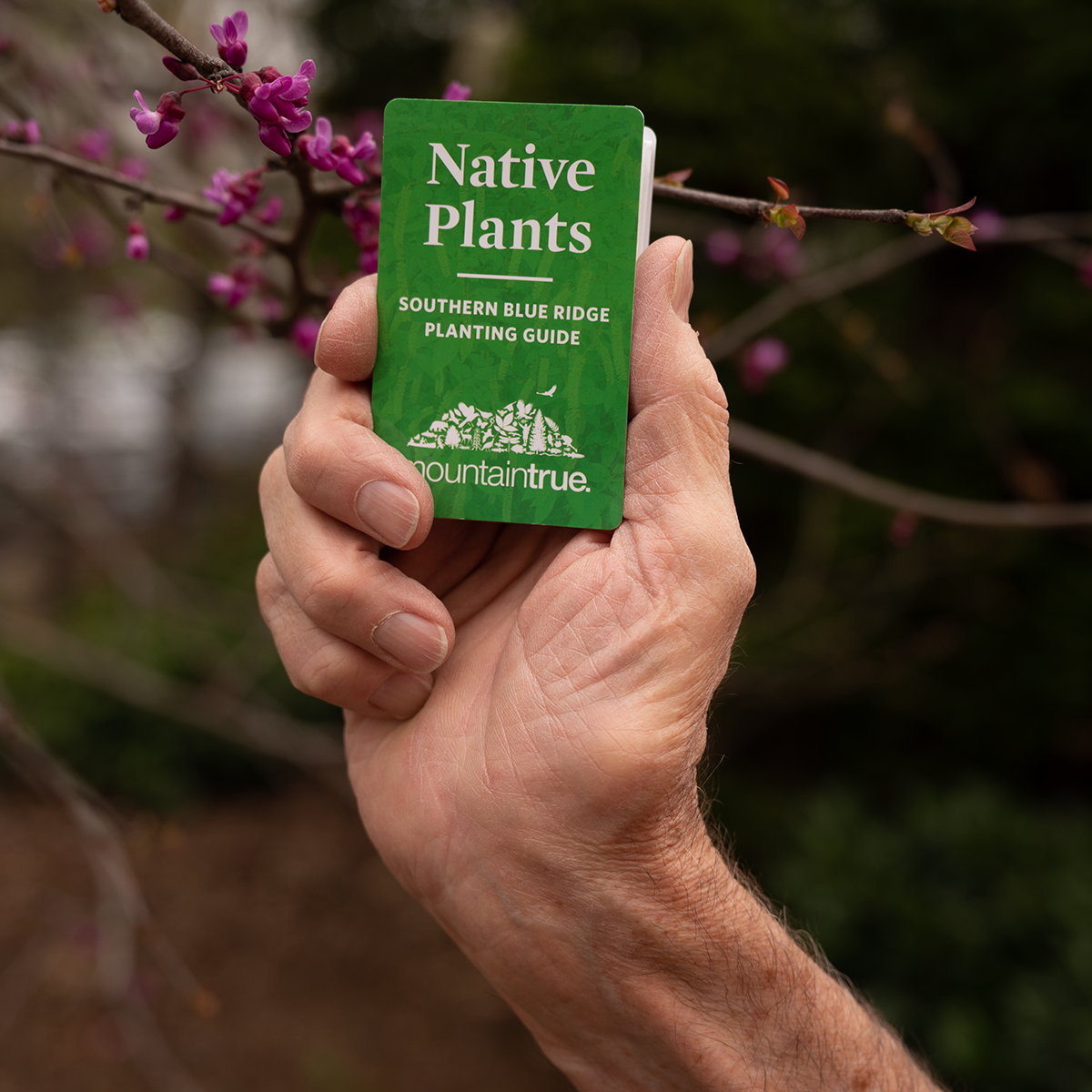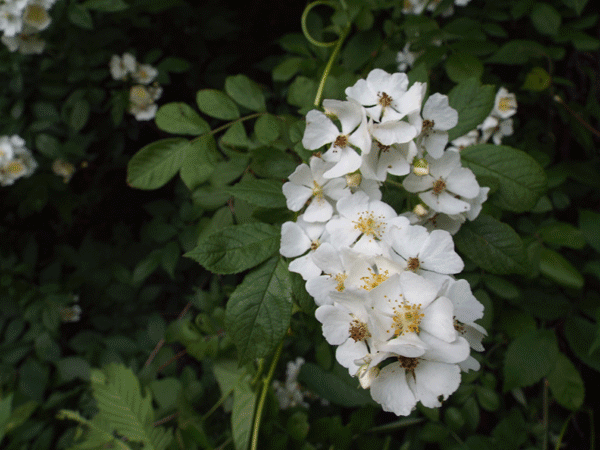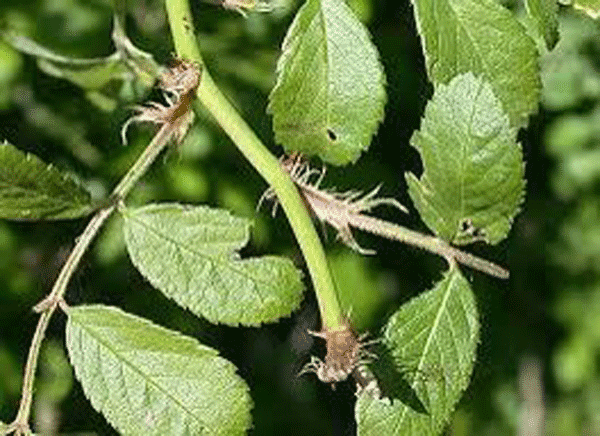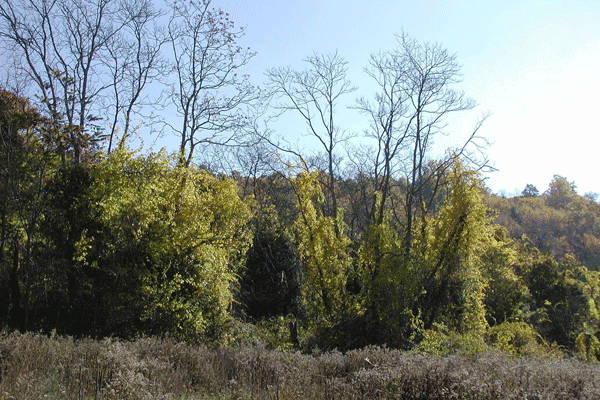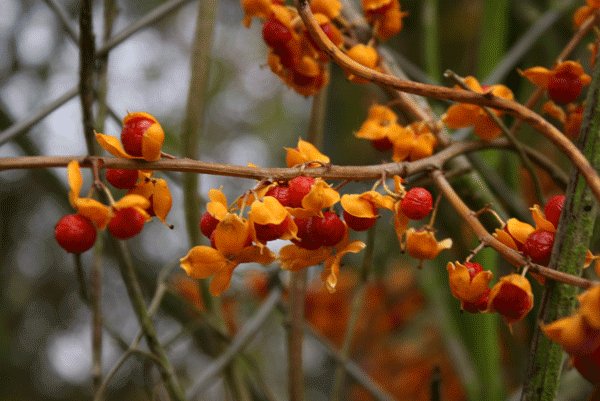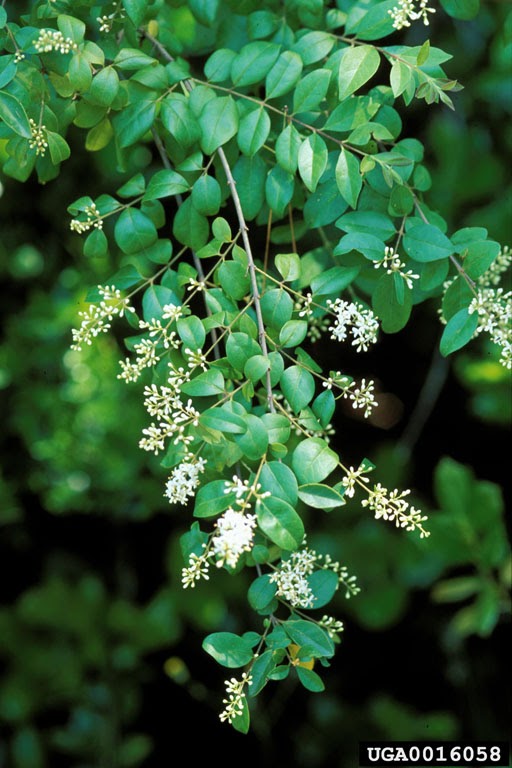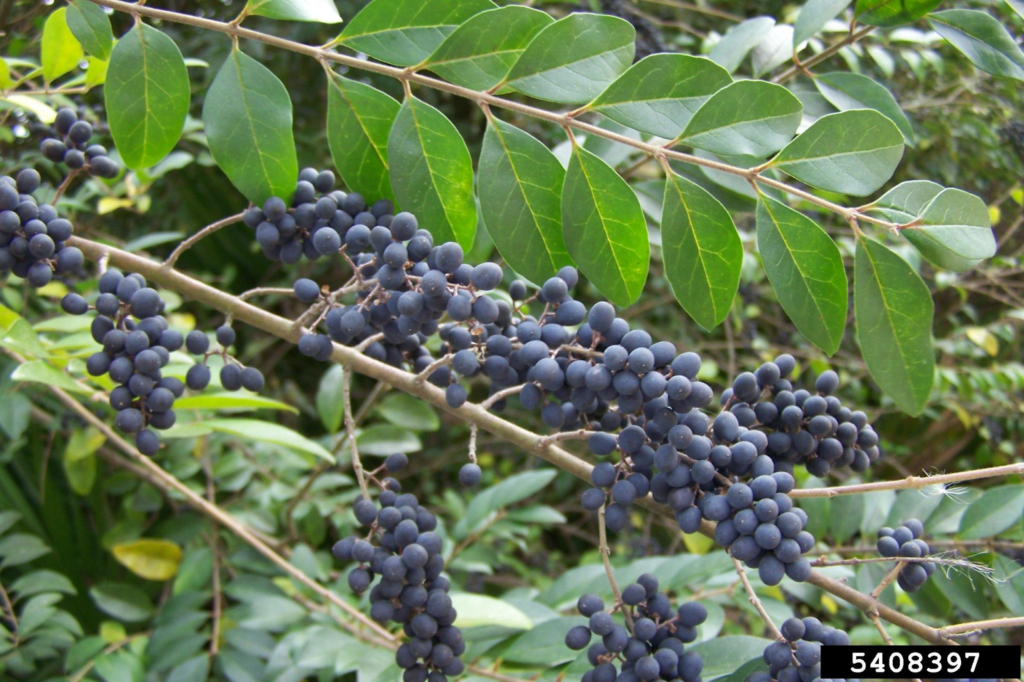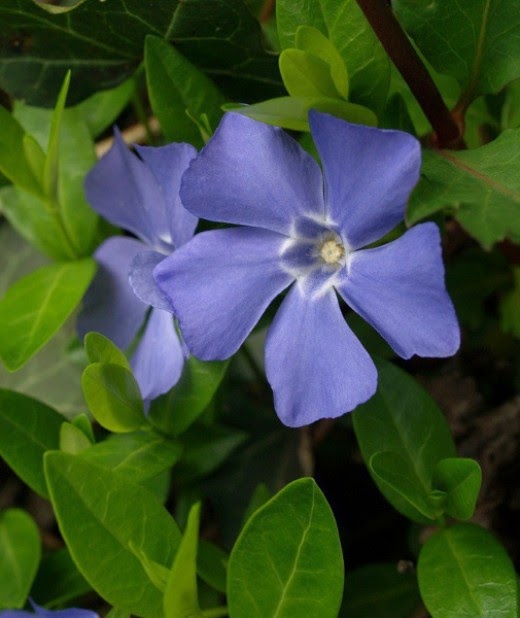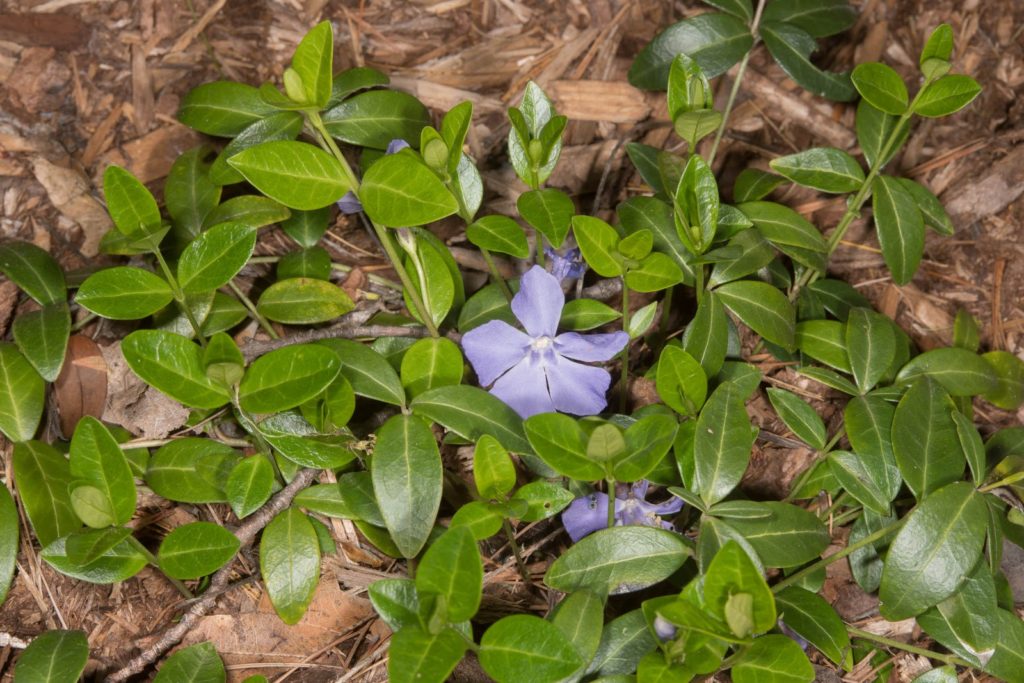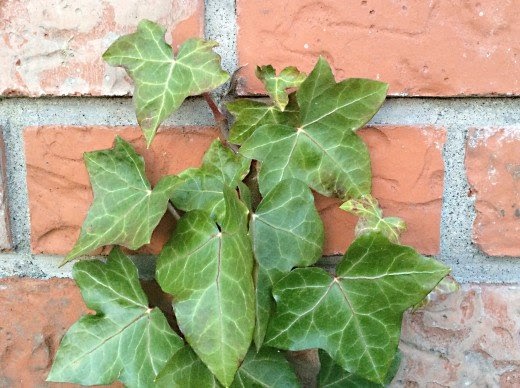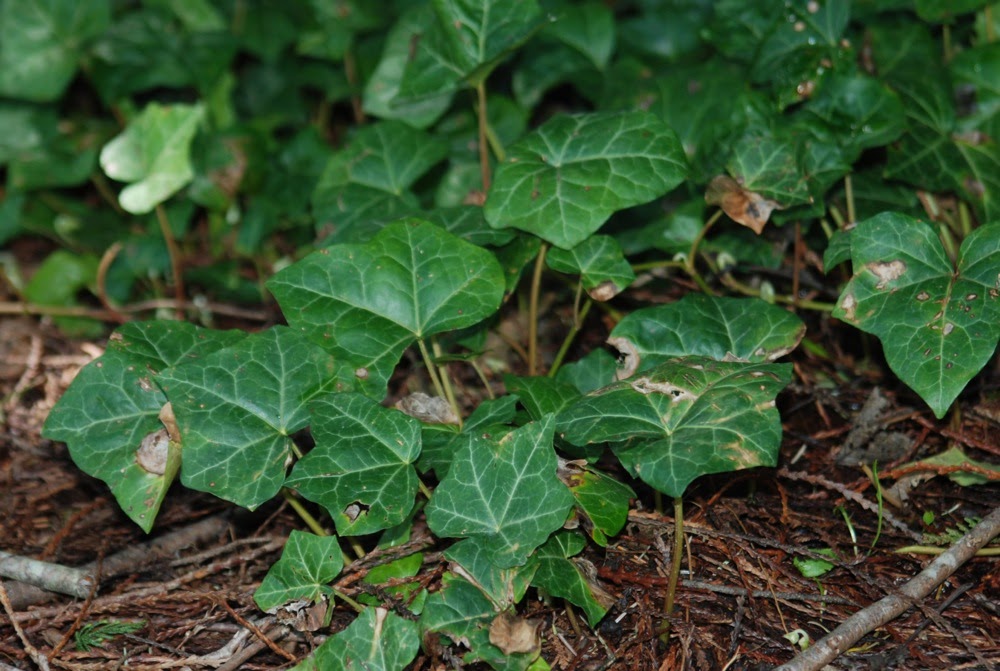Be A Smart Plant Buyer
The protection of our forests, public lands, and native species begins at home. Landscaping with the wrong plants can lead to the destruction of healthy native species. The plant decisions that you make at the store impact the existence of native species throughout Western North Carolina.
Make sure you purchase native plants for your next landscaping project! We have compiled a pocket guide with plants to avoid and plants that are great native alternatives for your garden. Use our guide as a reference when you’re buying plants for your next landscaping project to make sure you are not negatively impacting native mountain ecosystems.
Have specific questions about plants in your garden or invasive plants in your yard? See if Bob has answered them in his Ask Bob series! Watch here
Have nonnative invasive plants in your yard?
Top 5 “Bad Actors” to look out for in your neighborhood:
Non-native invasive plants occur in all forms: Trees, Shrubs, Vines, Herbs, and Grasses. Listed below are some of examples of “worst” invasive species of each form found in WNC that you might find in your own neighborhood.
Do Not Buy List
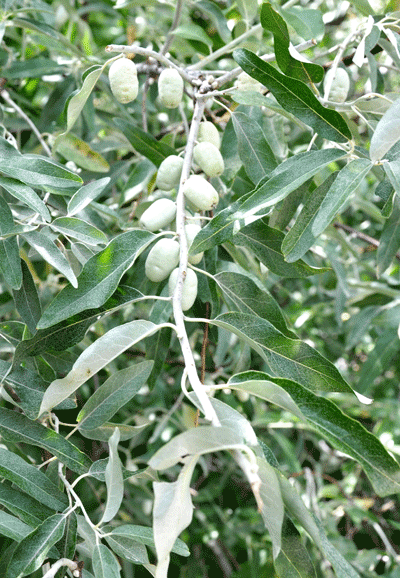
Russian/Autumn Olive (Elaeagnus spp.)
Native Alternatives: Chinquapin (Castanea pumila), Washington Hawthorn (Crataegus phaenopyrum), Persimmon (Diospyros virginiana)
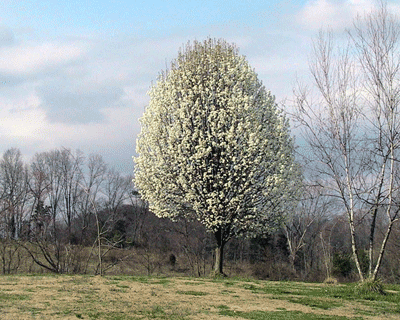
Bradford Pear (Pyrus calleryana)
Native Alternatives: Alternate-leaved Dogwood (Cornus alternifolia), Flowering Dogwood (Cornus florida), Washington Hawthorn (Crataegus phaenopyrum)
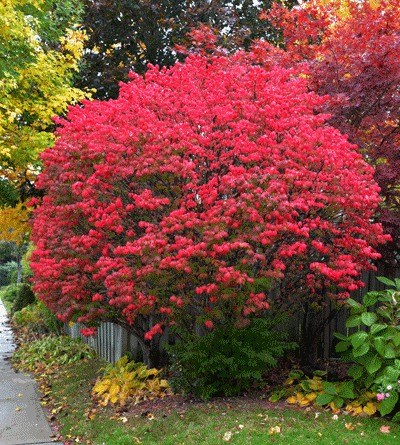
Burning Bush (Euonymus alatus)
Native Alternatives: Witch Alder (Fothergilla gardenii), Mountain Witch Alder (Fothergilla major), Oak Leaf Hydrangea (Hydrangea quercifolia), Swamp-haw (Viburnum nudum)

Butterfly Bush (Buddleia davidii)
Native Alternatives: Swamp Milkweed (Asclepias incarnata), Purple Coneflower (Echinacea purpurea), Joe Pye Weed (Eupatorium fistulosum)
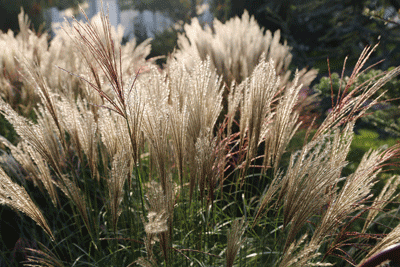
Chinese Silvergrass (Miscanthus sinensis)
Native Alternatives: Big Bluestem (Andropogon gerardii), Switch Grass (Panicum virgatum), Indian Grass (Sorghastrum nutans)
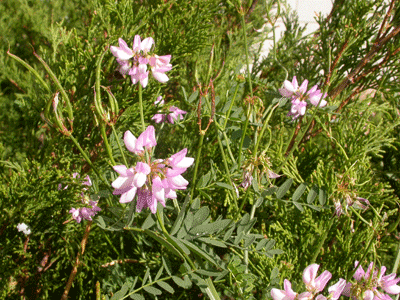
Crown Vetch (Securigera varia)
Native Alternatives: Creeping Phlox (Phlox subulata), Goat’s-rue (Tephrosia virginiana)
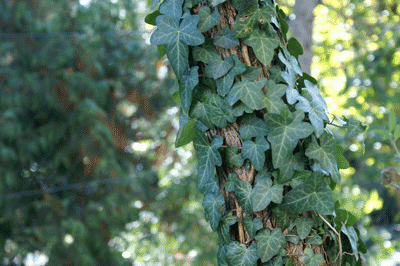
English Ivy (Hedera helix)
Native Alternatives: Marginal Woodfern (Dryopteris marginalis), Alum Root (Heuchera villosa), Creeping Mint (Meehania cordata)
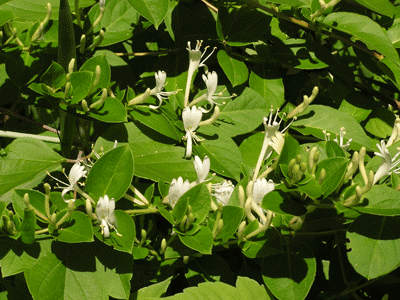
Nonnative Honeysuckles (Lonicera spp.)
Native Alternatives: Southern Bush Honeysuckle (Diervilla sessilifolia), Carolina Jessamine (Gelsemium sempervirens), Trumpet Honeysuckle (Lonicera sempervirens)
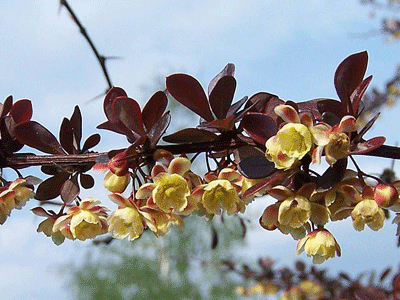
Japanese Barberry (Berberis thunbergii)
Native Alternatives: Mountain Pepperbush (Clethra acuminata), Virginia Sweetspire (Itea virginica), Spicebush (Lindera benzoin)
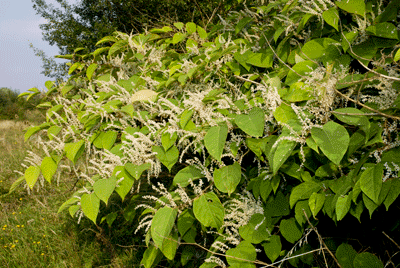
Japanese Knotweed (Reynoutria japonica)
Native Alternatives: Mountain Winterberry (Ilex montana), Smooth Sumac (Rhus glabra), Arrowwood (Viburnum dentatum)
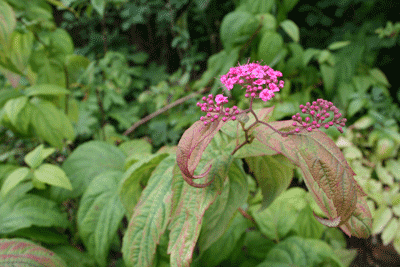
Japanese Spiraea (Spiraea japonica)
Native Alternatives: Sweet Shrub (Calycanthus floridus), Wild Hydrangea (Hydrangea arborescens), Meadowsweet Spiraea (Spiraea alba)
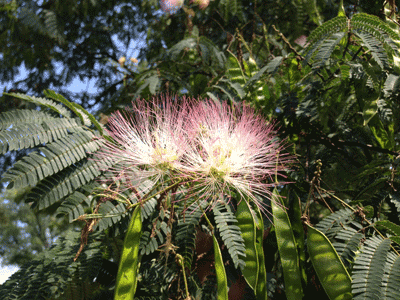
Mimosa Silk Tree (Albizia julibrissin)
Native Alternatives: Common Serviceberry (Amelanchier arborea), Eastern Redbud (Cercis canadensis), Flowering Dogwood (Cornus florida)
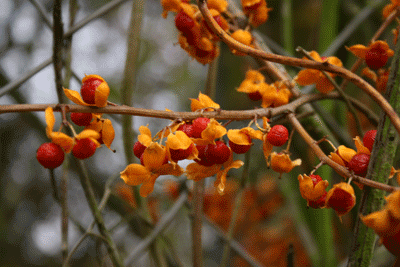
Oriental Bittersweet (Celastrus orbiculatus)
Native Alternatives: Climbing Hydrangea (Decumaria barbara), Carolina Jessamine (Gelsemium sempervirens), Passion Vine (Passiflora incarnata)
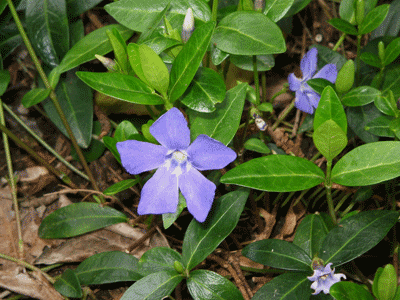
Periwinkle (Vinca spp.)
Native Alternatives: Northern Maidenhair Fern (Adiantum pedatum), Southern Lady Fern (Athyrium asplenioides), Patridgeberry (Mitchella repens)
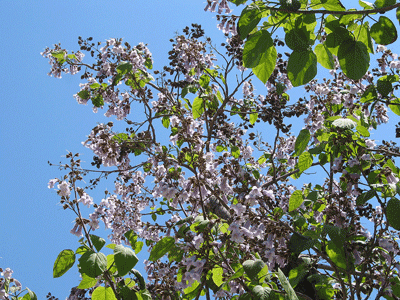
Princess Tree (Paulownia tomentosa)
Native Alternatives: Eastern Redbud (Cercis canadensis), Yellowwood (Cladrastis kentukea), Umbrella Tree (Magnolia tripetela)
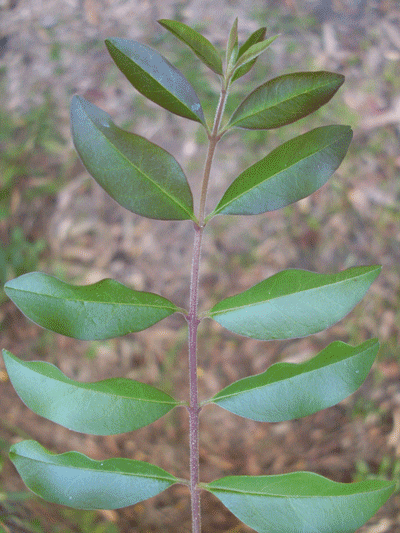
Privet (Ligustrum spp.)
Native Alternatives: American Holly (Ilex opaca), Red Cedar (Juniperus virginiana), Mountain Laurel (Kalmia latifolia) — *note: there are no native WNC species of Privet.
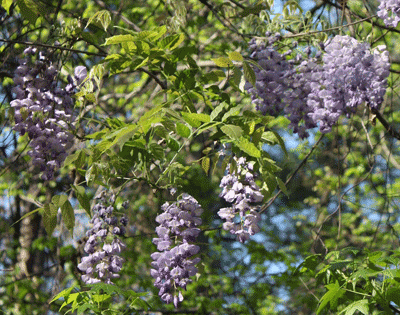
Nonnative Wisteria (Wisteria spp.)
Native Alternatives: Virginia Creeper (Parthenocissus quinquefolia), American Wisteria (Wisteria frutescens)

